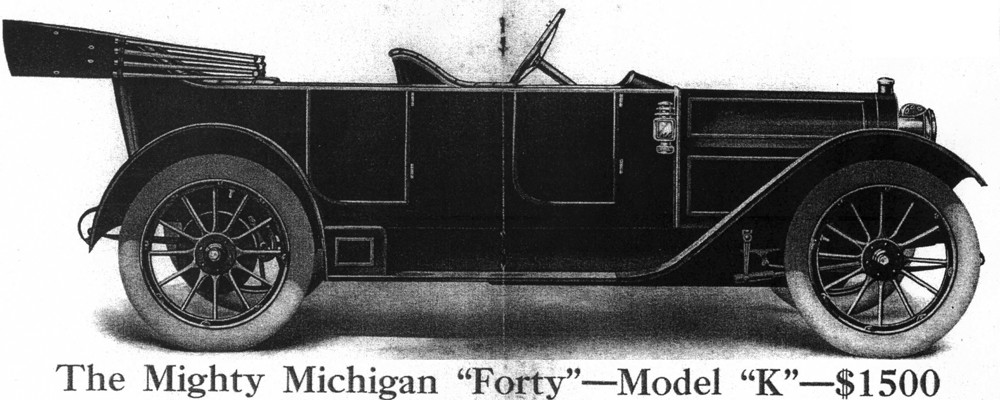With wiring and approximate timing of the engine mostly done, there is the issue of fuel. Because I was leaving the body off the frame, the gas tank would not mount where it is supposed to go. Because I added my nice Econoline back seat, it wouldn’t fit under there anyway. Besides, I don’t need a 10 – 15 gallon tank on the car to test the engine. And…… do I really want a lot of flammable fuel around when I’m messing with a carburetor and fuel lines of unknown reliability? Probably not. So let’s go small. The search was on for an appropriate container for small quantities of fuel to be located at an elevation above the height of the carburetor. There is no fuel pump, so gas gets to the carburetor by flowing downhill. I came up with the following rig. The emojis on the aluminum water bottle did not cost extra, but gave the fuel tank a nice touch.
I had rebuilt the carburetor several years ago.
The carb came apart and mostly went back together pretty nicely. But it had not been tested for leaks or otherwise adjusted in any way. It looked nice, but was it functional?
As it turned out, it leaked. A lot. And it required use of magic EZ Turn fuel resistant lubricant (and goopy sealant) in all sorts of places. Unfortunately, it still wanted to flood the float tank so I spent many hours putzing around trying to get the float needle to seat properly. Because I have been buying up Stromberg B No. 4 carburetors, I’ve seen several versions. Indeed with an inventory of 4 now, no two carbs have similar needle valves. They are all different. Some were in terrible shape, others, like our original carb, were in pretty good shape. Still the needle did not have its original plating intact which may prove to be an ongoing issue. I honed and spun and cleaned and even bopped it gently to get it to fit snug and not leak. And eventually I “mostly” succeeded. Let’s just say that the leak is very slow now and most of the gas evaporates before it can actually drip on the floor or into a container.
Another interesting fact turned up from using supposed “clear fuel line” to connect the little fuel tank to the carburetor. It hardens up in about one day and becomes inflexible. Who knew? That isn’t reassuring. But again, this is another reason I chose to have a very small fuel tank — thereby minimizing potential fuel spill issues. When I get to the point where we have solved the leaky carburetor and adjustment issues, I will convert to a standard black rubber fuel line. In the mean time, it is nice to be able to see that the fuel is or isn’t flowing through the tube or isn’t blocked by bubbles.





